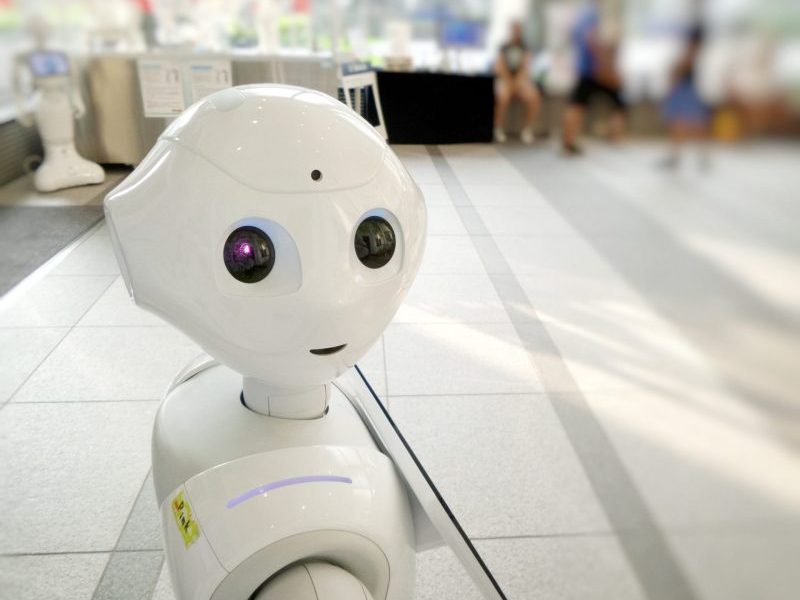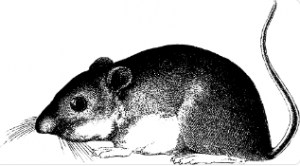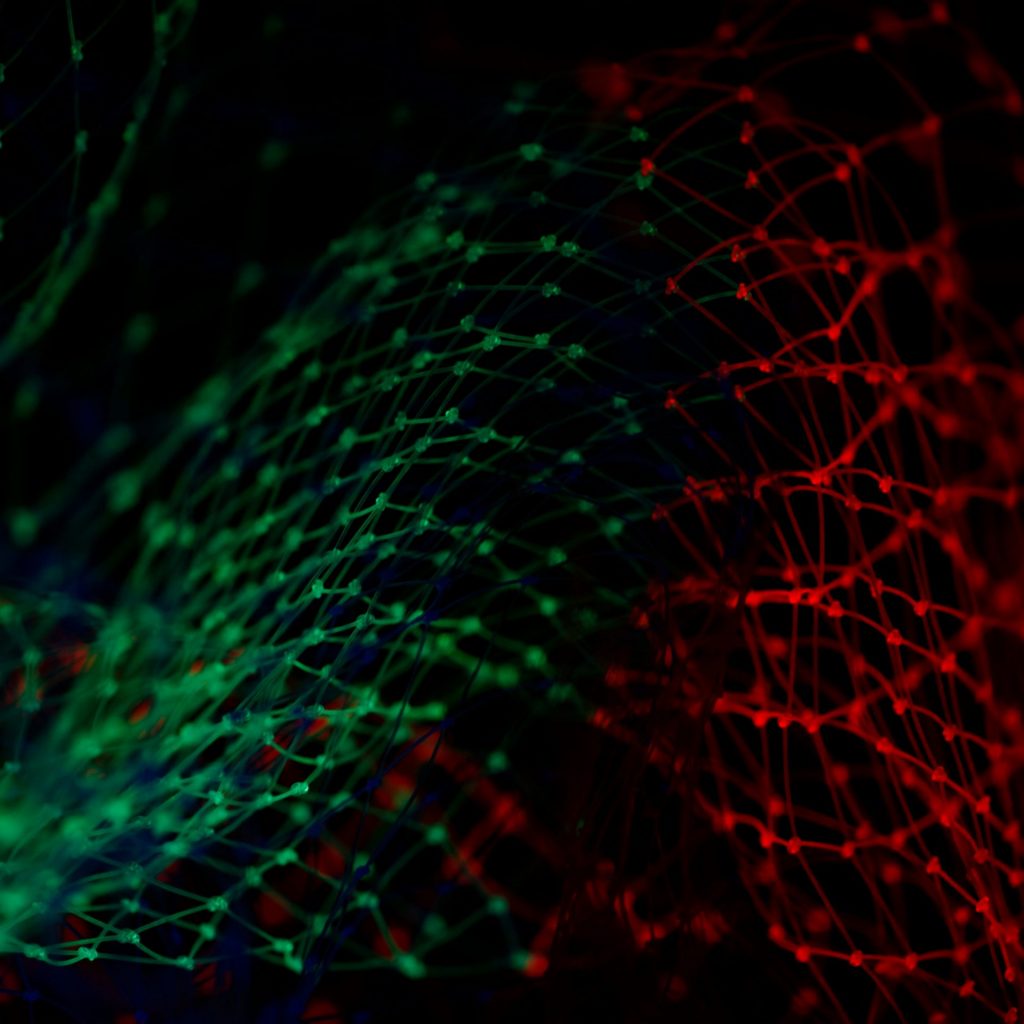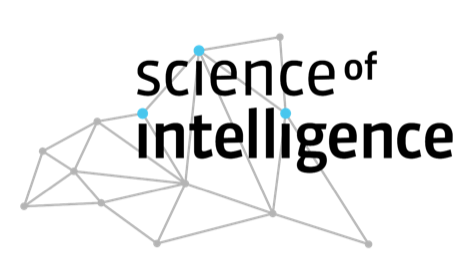
Daniela Vallentin (MPI for Biological Intelligence), “Neural Mechanisms of Vocal Learning and Production in Songbirds”
MAR 2.057Daniela Vallentin is a neuroscientist and currently the Lise Meitner Reseach Group Leader at the Max Planck Institute for Biological Intelligence, heading the 'Neural Circuits for Vocal Communication' Group whose objective is to explore the neural circuits driving skilled motor learning and orchestrating the coordination of precise movements by working with songbirds. Due to the















